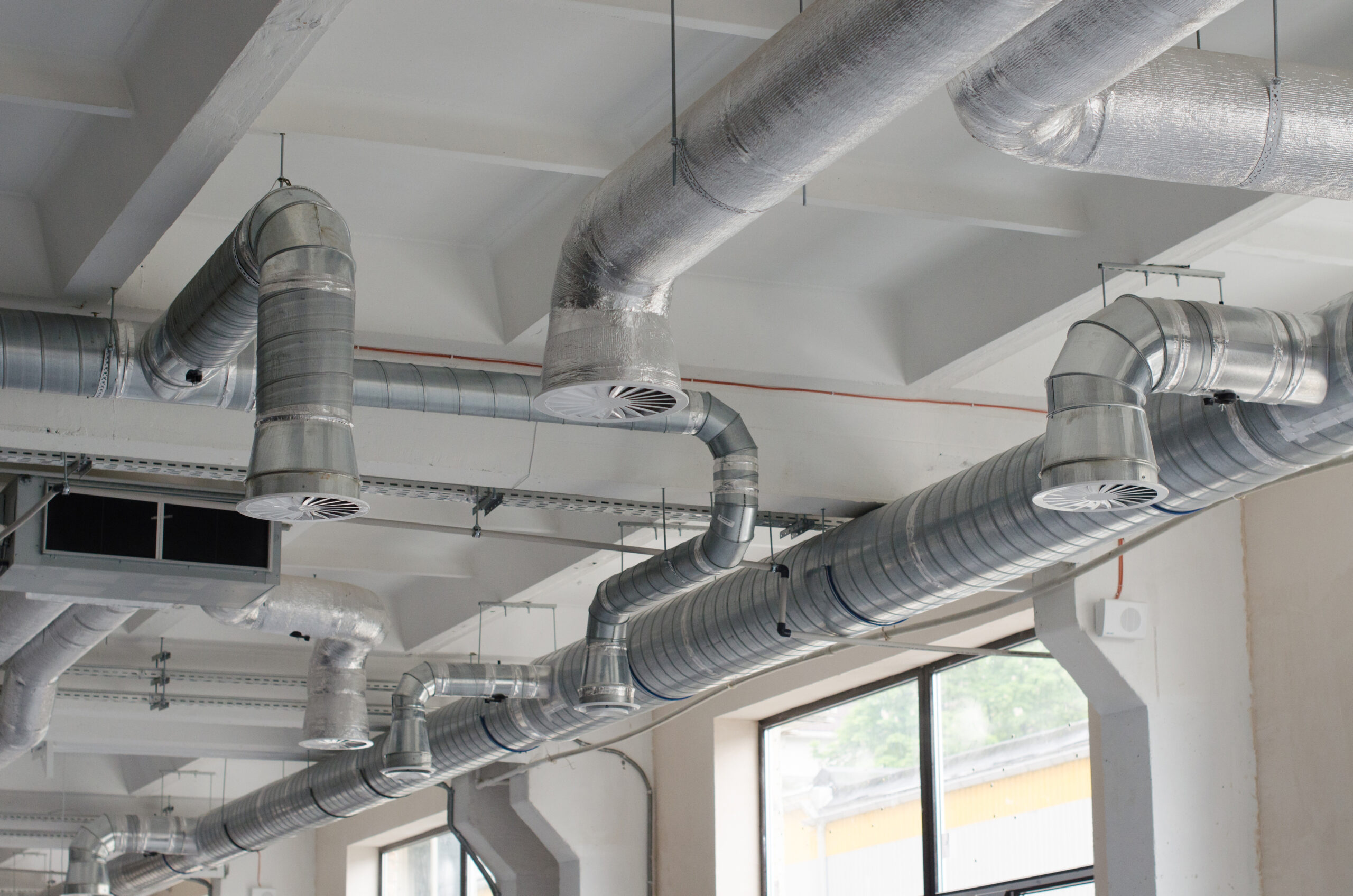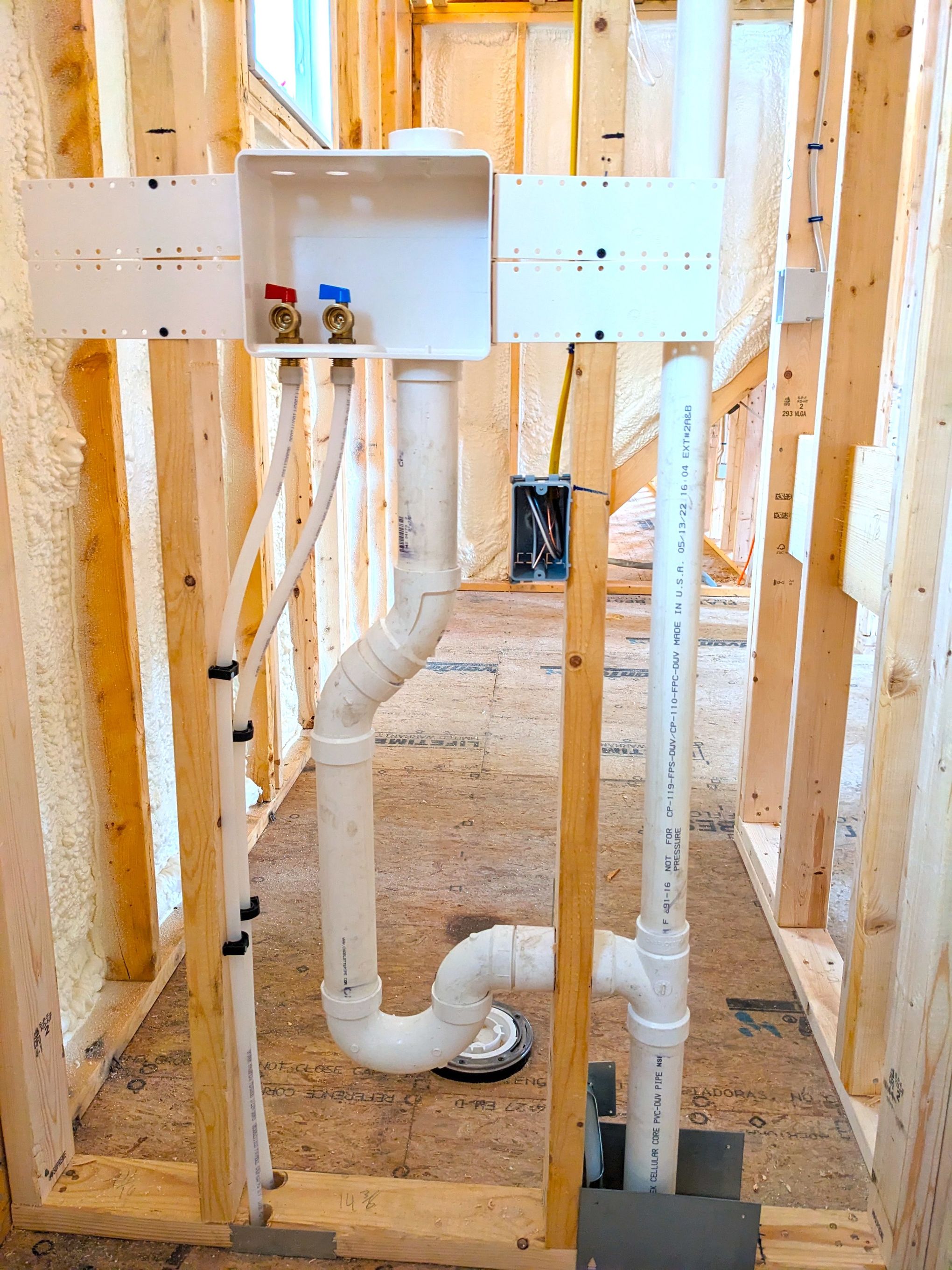The Importance of Adequate Ventilation in Building Plumbing Systems
The Importance of Adequate Ventilation in Building Plumbing Systems
Blog Article
Are you currently trying to find advice involving Why Plumbing Air Vents Are Important?

Proper ventilation in pipes systems is typically neglected, yet it is vital for keeping the performance and safety and security of your home's plumbing. Ventilation helps regulate air pressure, prevent the build-up of unsafe gases, and make certain the reliable removal of waste. In this guide, we will certainly check out the importance of proper pipes ventilation, exactly how it works, and the advantages it offers your plumbing system.
How Ventilation Works in Pipes Systems
Air Pressure Guideline
Appropriate air flow preserves balanced atmospheric pressure within the pipes system. When water moves via pipes, it displaces air. Without ample ventilation, this variation can create unfavorable pressure, causing reduce drains or siphoning of water from traps, which can trigger undesirable smells to permeate into the home.
Avoiding Drain Gas Build-up
Among one of the most critical functions of plumbing vents is to prevent sewer gases, such as methane and hydrogen sulfide, from building up within the home. These gases can position major health risks and are very combustible. Vent pipelines enable these gases to escape securely outdoors.
Helping in Waste Removal
Ventilation assists in the effective elimination of wastewater by protecting against airlocks in the drain system. When air can move openly with the vents, it permits water and waste to flow smoothly through the pipes, reducing the threat of obstructions and back-ups.
Benefits of Correct Air Flow
Boosted System Effectiveness
Correctly ventilated plumbing systems run more effectively, with less clogs, faster draining, and much less pressure on the pipes. This effectiveness expands the life-span of the plumbing system.
Improved Air High Quality
By stopping sewage system gases from entering your home, proper ventilation contributes to far better indoor air quality, making your living setting healthier and much more comfortable.
Protecting Against Water Damage
Sufficient ventilation helps prevent water from being siphoned out of traps, which can result in drain gases going into the home and causing water damage over time.
Actions to Ensure Correct Air Flow
Consulting Plumbing Codes
Constantly get in touch with regional plumbing codes when making or customizing your plumbing system. These codes give the needed guidelines for correct venting and guarantee your system satisfies safety and security requirements.
Normal Evaluation and Upkeep
Regular examinations can help identify possible ventilation problems prior to they end up being significant troubles. Maintenance tasks, such as cleaning air vent pipelines and looking for blockages, are essential for keeping the system in good working order.
Professional Installment
For new setups or significant modifications, it's wise to work with a specialist plumbing technician. They have the expertise to ensure the air flow system is appropriately made and mounted according to code.
Recognizing Air Flow in Plumbing
Ventilation in pipes describes the network of pipes that allow air to move with the drainage system. These vents offer several purposes, consisting of controling atmospheric pressure within the pipes, preventing sewage system gases from entering the home, and assisting in the smooth flow of wastewater.
Sorts Of Plumbing Vents
Main Heap Vent
The main pile air vent, also referred to as the air vent stack, is the key vent in a pipes system. It prolongs from the main drainpipe line up via the roof covering, allowing gases to run away and fresh air to go into the system.
Branch Vent
Branch vents attach to the major stack air vent and offer specific fixtures, such as sinks, commodes, and showers. These vents make sure that each fixture has appropriate air flow to operate correctly.
Air Admittance Shutoff (AAV).
An Air Admittance Shutoff (AAV) is a one-way shutoff that allows air to enter the pipes system without the need for a standard air vent pipe extending through the roof covering. AAVs are typically utilized in restorations or areas where installing a typical air vent is unwise.
Signs of Poor Air Flow in Pipes.
Slow Draining Fixtures.
If your sinks, bathtubs, or bathrooms are draining gradually, maybe a sign of poor air flow. Inadequate air circulation can create a vacuum result, making it tough for water to drain pipes correctly.
Gurgling Appears.
Gurgling noises originating from drains are often a result of air being drawn via water traps as a result of unfavorable stress in the pipes. This is a clear indication of inadequate ventilation.
Undesirable Odors.
Sewage system smells inside your home are a red flag that your pipes system is not appropriately aerated. This might suggest that sewage system gases are not being effectively vented outside, bring about possibly unsafe conditions.
Common Ventilation Mistakes.
Poor Vent Sizing.
Making use of small vent pipelines can result in inadequate air flow and stress inequalities in the system. It's necessary to utilize vents that satisfy the specific requirements of your plumbing system.
Improper Vent Placement.
Putting vents also far from the fixtures they offer can reduce their efficiency. Appropriate positioning guarantees that air can stream easily and successfully with the system.
Disregarding Code Needs.
Building regulations give specific guidelines for plumbing air flow. Neglecting these codes can cause a system that falls short to function correctly and might lead to expensive fixings or carcinogen.
Verdict.
Proper ventilation is an essential part of any type of plumbing system, guaranteeing that it works successfully and safely. By understanding the importance of air flow, recognizing the signs of bad air flow, and taking actions to preserve your system, you can avoid costly issues and shield your home's air top quality.
4 Things You Should Know About Your Plumbing Vents
What Plumbing Vents Are
Also called a vent stack, a plumbing vent is a vertical pipe attached to your drain line that runs through your roof. The plumbing vent pipe, or plumbing air vent, removes gas and odors from your plumbing system and allows fresh air to enter the pipes, helping the water to flow out of the drain pipes.
What Plumbing Vents Do
Plumbing vents have two basic functions. One of which is to allow unpleasant smelling wastewater and sewer gasses to escape your plumbing system instead of entering your home. Plumbing vent pipes are typically located on roofs, away from windows, to ensure the fumes exit the home completely.
The other function of the plumbing vent is to move fresh air into your plumbing system. This helps move water through every plumbing fixture in your house, like toilets and sink drains. Think of the way in which you need to let a little air into the bottle as you pour soda in order to make the drink flow smoothly.
Different Types of Plumbing Vents
True vent: This is the most common vent option. In simplest terms, a true vent is a vertical pipe attached to your drain line that exits through the roof. They often function as the main vent that other fixtures can connect to. Re-vent pipe or auxiliary vent: Attached to the drain line near specific plumbing fixtures, re-vent pipes run up and over to connect to the main vent. Common vent: Two plumbing fixtures installed on opposite sides of a wall are typically tied into the vent stack using something known as a sanitary cross. Wet vent: This venting option operates as a drain pipe and a vent at the same time. Wet vent drainage systems drain water from one fixture while venting the air from another. Although they’ve been used for over 100 years, wet vent systems have only recently been added to the plumbing code in many areas. If you’re planning on installing one in a bathroom remodel, make sure you check your local code prior to construction. Loop vent: For free-standing fixtures like kitchen island sinks, loop vents are ideal. These vent pipes run under the floor, rise from the P-trap, and create a loop inside the cabinet sink. Air admittance valve: An AAV is a one-way mechanical valve typically installed at the site of the plumbing fixture. AAVs allow venting to occur without having to tie into a larger venting system. They’re ideal for venting fixtures where you aren’t able to easily connect to an existing vent system. Common Plumbing Vent Issues
Although vent pipes typically don’t have water flowing through them, they’re still subject to many typical plumbing issues. For example, clogs are one of the most common problems associated with sewer vent pipes. If your vent pipe gets clogged, all of your plumbing fixtures tied into the vent stack will be affected.
A sink with a slow drain that bubbles and gurgles or a strong sewage smell around your toilet are both indicators that your toilet vent pipe is clogged. Because most vent pipes exit through the roof, old leaves, twigs or even a bird’s nest could be clogging the pipe.
Clogs in your vent pipe system cause a buildup of negative pressure, meaning that water won’t be able to flow out of your home very well. It’s similar to putting your finger over the opening of a straw to trap water inside. When you remove your finger, the water is able to flow out of the straw.
If you suspect you have any blockage in your vent, make sure you have a professional come examine the situation. Left unchecked, a blocked air vent can lead to other costly repairs, like leaks and sediment buildup.
Under Pressure
Pipe vents are essential aspects of a home’s plumbing system. Owning a home means learning about all sorts of things you never put much thought into before. But by understanding as much as you can about the important systems of your home, you can keep those budgets intact and those anxiety levels low.
https://www.homeserve.com/en-us/blog/home-improvement/plumbing-vents/

I'm very inquisitive about The Upsides of Proper Ventilation in Plumbing Design and I hope you liked our entry. Sharing is good. Helping others is fun. Many thanks for going through it.
Visit My Site Report this page